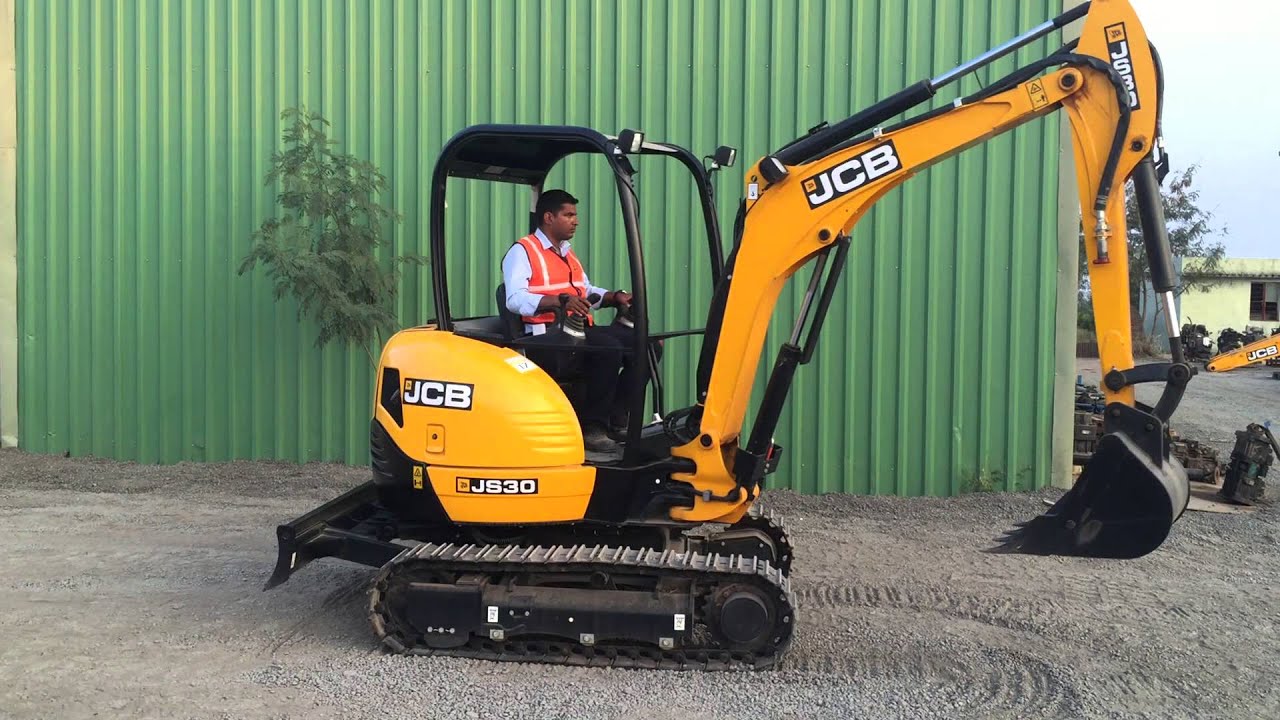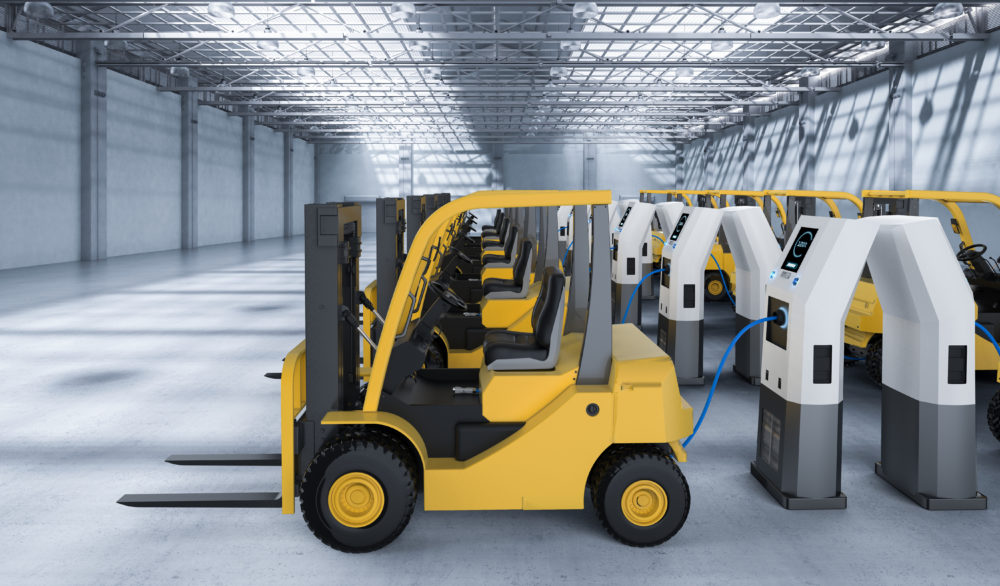For most parents, buying a car for their teenager is a necessity to encourage independence and free up your schedule from having to drive them everywhere. Guess what? Your child feels the same.
Upon receiving their driving license, they cannot wait to put those skills to good use. If your teen is not persistently nagging you for a set of wheels, count yourself lucky!
Pondering what type of car to buy can become an arduous task and may often lead to frustration. Selecting the perfect car model to gift your teenager is further complicated with varying tastes.
You, being the parent, wish to find an economical car that is safe to drive. If you are planning to buy a car for your teen, you have probably encountered different opinions that left you a tad confused. In this article, we aim to share insights on how to shop for a car with your teen driver.

1. Prepare A Budget
While buying a car for your teen is an adventure, do not get carried away by expensive models at your local dealership. Start by deciding how much money is available to spend.
Think about other pressing needs in the future while allocating the family budget. Remember, college tuition is right around the corner. Discuss the final budget with your teen and explain the argument behind it.
Talk about the various options that can fit your budget. Old cars are cheaper, while new vehicles may not need much maintenance. Understandably, your teen may be upset if they expected a fancy ride only to have the budget slashed by half. Reason with them and reach a compromise.
2. Safety Features
When choosing between different car models, safety should be the top of the list of concerns. You want your child to be safe as they drive to school or their summer job at the local fast-food joint. Inspect the car to ensure it has updated safety features such as electronic stability control and front and side airbags.
Even the best-trained drivers can get into a fender bender in traffic or worse, a car wreck on the highway. Naturally, you fear more for your teen as they are new to driving and you want to be sure they are safe while on the road.
Request the dealer to give you the car safety report that indicates what happens in the event of an accident. Do not forget to purchase sound insurance over. Compare different options and select wisely.
3. Other Features
Once you have the handle on safety, you can get down to the fun part. Your teen is likely to suggest a car with modern interiors and high-quality sound.
If you are buying an old car, they may not have advanced features that your child desires such as door speakers for bass. No worries, you can install quality door speakers at an affordable price. This upgrade is bound to make your teen happy!
4. Establish Ground Rules
As you may have observed, teenagers are prone to distractions even while doing mundane tasks like watering the plants, washing the family dog or even putting cereal in a bowl. Do not fault them; their frontal lobes are still developing. Driving a car is not a mundane task. Each time you get behind the wheel, you stand the risk of getting involved in minor or major accidents.
Your newly minted teen driver needs to understand that owning and operating an automobile calls for a high sense of responsibility at all times. Make it crystal clear that they are not allowed to take calls, read or respond to messages or any social media. All this can wait till they get to their destination safely. Agree on what time they need to get home by and the consequences of failing to adhere to stipulated curfews.
As difficult as it may sound, your teen could easily be drinking behind your back. Add this to the column of DONT’S! Drunken driving will not only earn them a DUI and probably ruin their chances of getting into a good college; it can cause permanent damage or worse.
Conclusion
Buying a car for your teen can be difficult with the different choices available. Make a list of possible models they are interested in and investigate each model. Bring your teen to the dealership, so that they can get firsthand information from a car expert. Be open to making a few adjustments like installing door speakers for bass, so your teen can enjoy his favorite jams.
Read More:






















